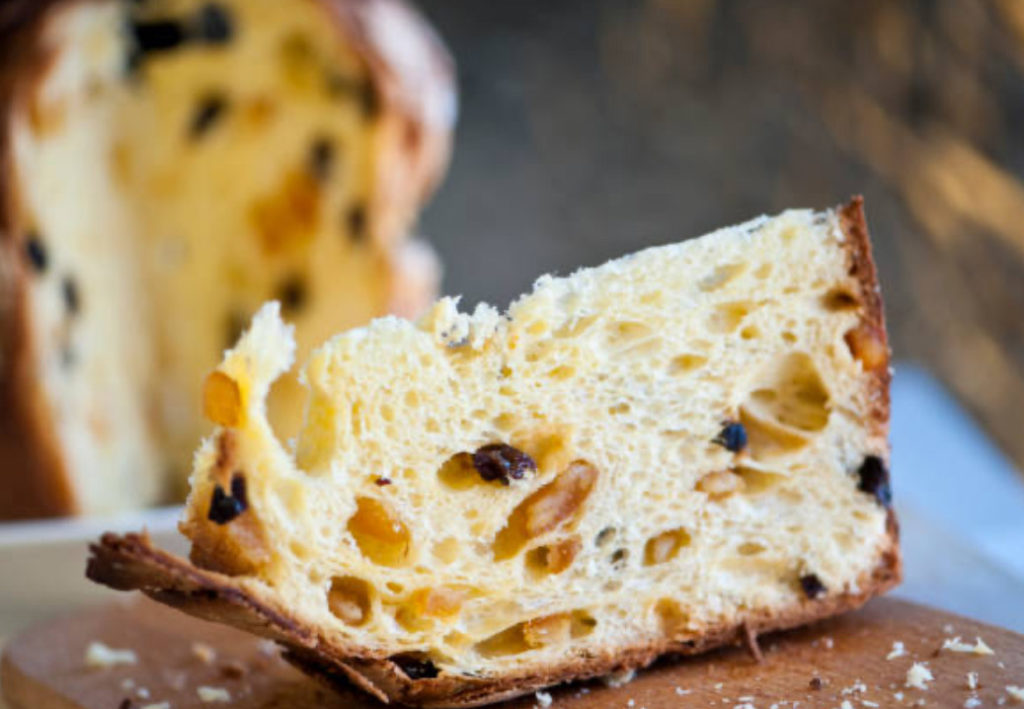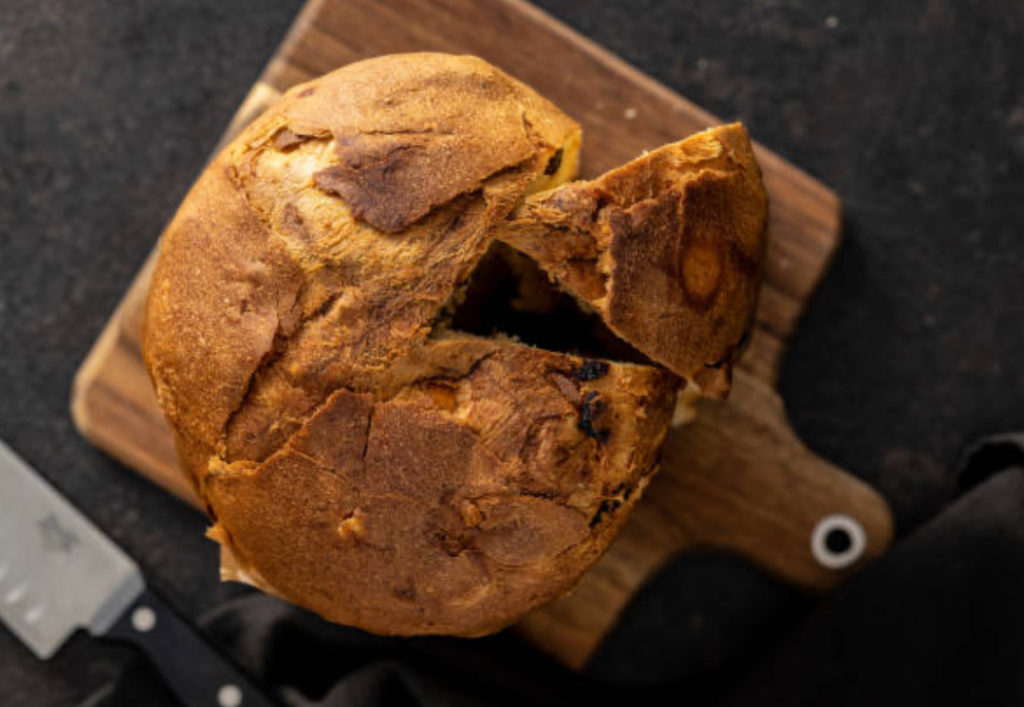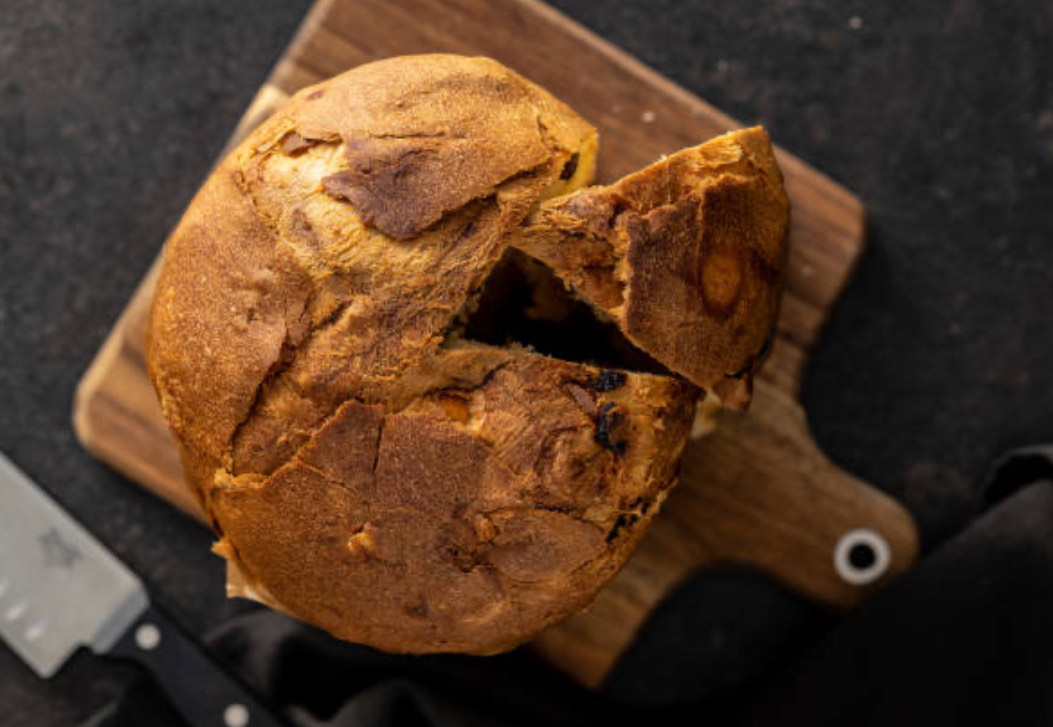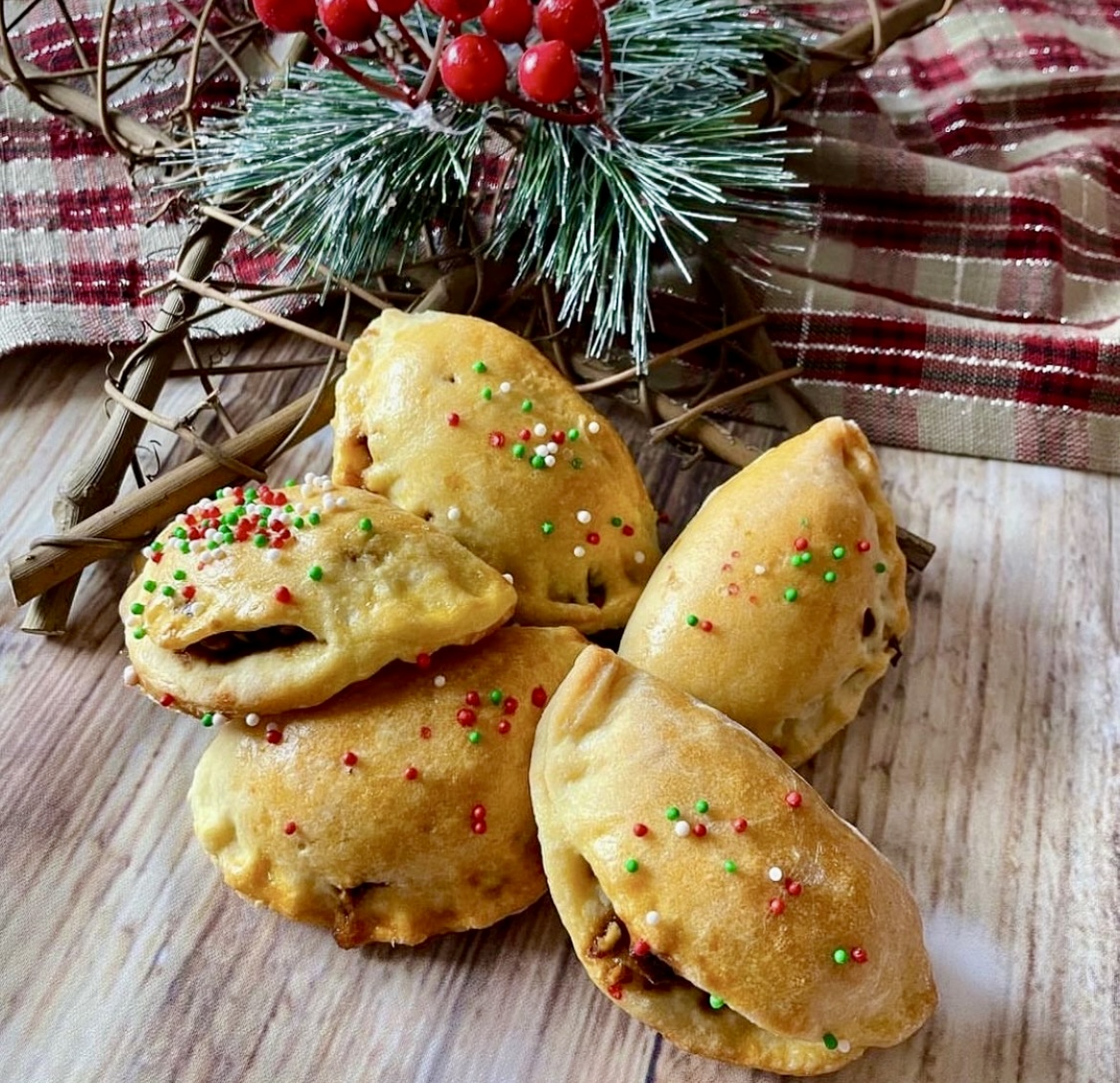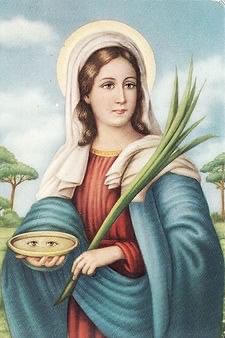Another day, another celebration in Italy. December 7th is the Feast Day of Sant’Ambrogio (St. Ambrose) who happens to be the patron of the metropolis of Milano.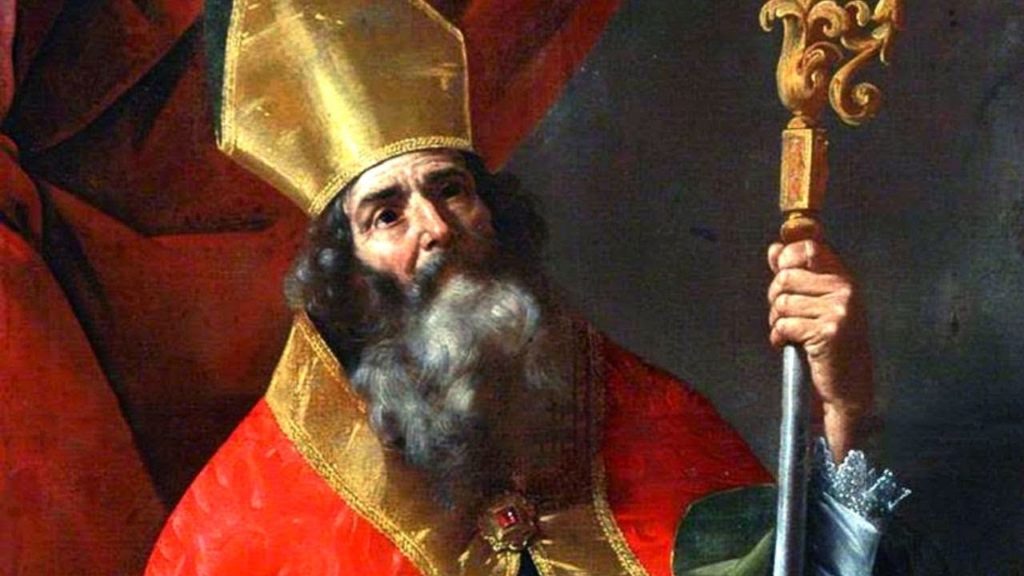
On this date, that is also the Eve of the Feast of the Immaculate Conception (another highly celebrated day across the peninsula), the northern city is alive with activity honouring their patron. To celebrate, the Milanese attend mass celebrated by the Archbishop of Milan in the Basilica of Sant’Ambrogio followed up with events such as: the lighting of the Christmas tree lights in the Piazza del Duomo, the opening night of performances at the Teatro alla Scala, the Oh bej! Oh bej! (a local Christmas fair that dates back to 1288, whose name derives from the exclamation of astonishment and happiness used by children at the sight of sweet delicacies), and finally, the tasting of panettone. Panettone is the quintessential Christmas cake and one of the best-known symbols of Milano around the world.
For those who may be unfamiliar with the sweet Milanese loaf, it is an Italian festive staple that dates back to the 15th century. Panettone which translates to “big bread” is made of a dough similar to sourdough that is traditionally sweetened with candied orange peel, raisins, and lemon zest (modern varieties have seen the dough dotted with chocolate chips, dried cranberries and even filled with flavored creams). It then undergoes a lengthy leavening and proofing process which gives the loaf its distinct and characteristic fluffiness. It is typically dome-shaped and stands thirty centimetres high. Prior to baking, the top of the panettone is marked with a cross (traditionally by the head of the household) as a good omen for the year ahead.
There are several origin stories about panettone, one in particular stating that its name derives from Pan di Toni (Toni’s bread). It is said that a boy who worked in the kitchen of Ludovico il Moro – Duke of Milano invented a sweet bread with butter, candied fruit and leftover dough to make up for a dessert that had been burnt on Christmas Eve.
Another story suggests that the “Christmas bread” was brought to the table at the end of holiday dinners and was thought to be auspicious and healing. Its size led it to be called pan grande (large bread) and eventually morphed into the word panettone (using the augmentative “one” onto the word bread to signify large).
Legends notwithstanding, panettone is perfectly paired with espresso or sweet spumante, as well as custard, chocolate or zabaione. Its service is also of importance, it must be cut vertically and served in triangular slices. Care should be taken in serving it correctly for it is considered bad luck to remove the domed top and to consume it on your own. Lastly, it is customary to consume the last of the panettone on the 3rd of February, which is the feast of San Biangio. The saint is known as the protector of throats (he is said to have saved a young man choking on a fishbone) and eating panettone on this day is said to be a good omen. Buon Appetito!



